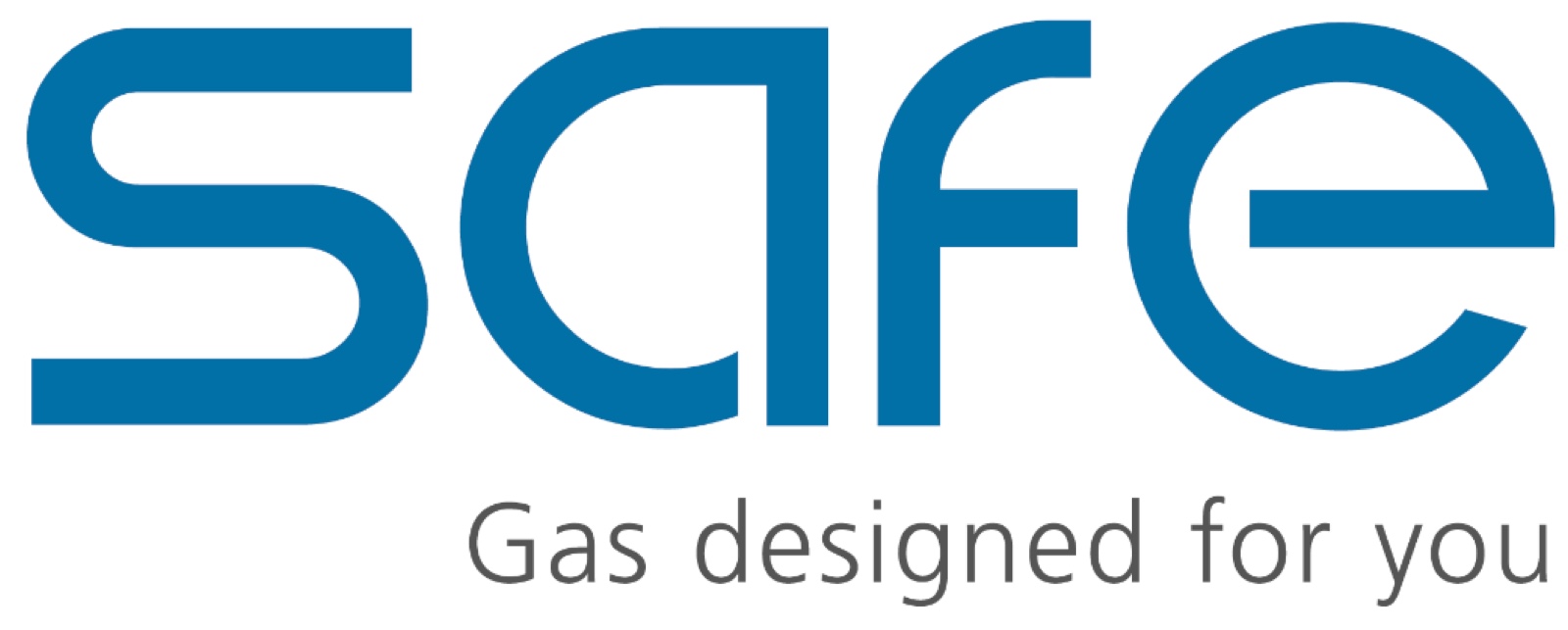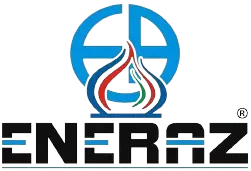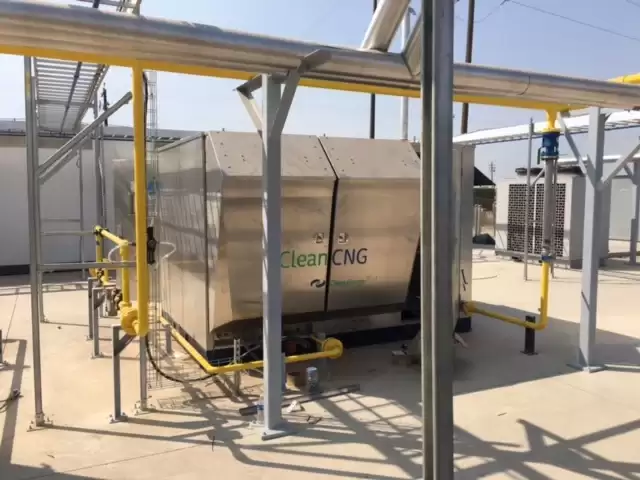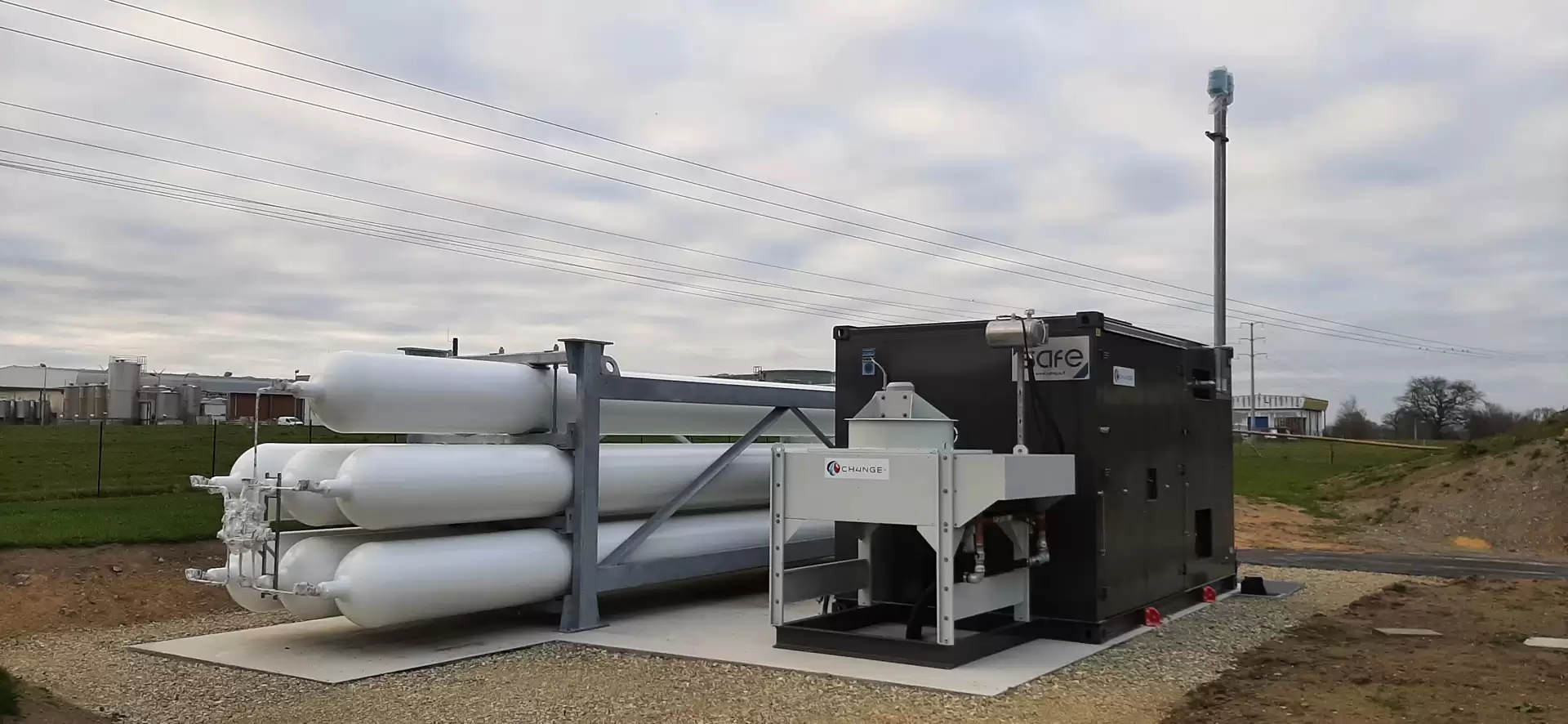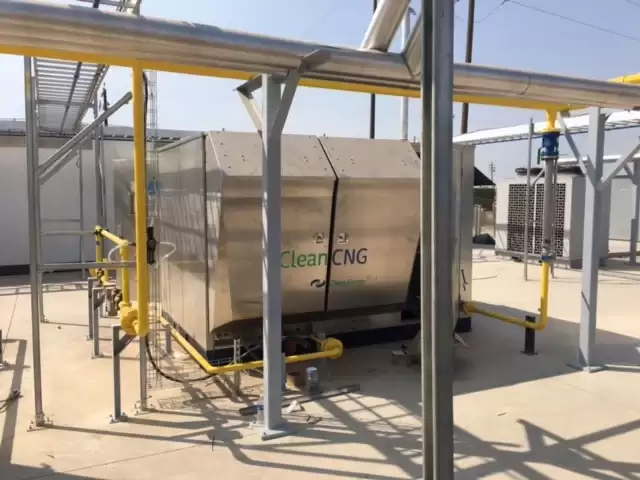The energy transition in California
In terms of local US policies to promote and use renewable fuels, the Californian approach has gained support and results through the issuing of legislation:
- For the reduction of methane emissions by 40% by 2030 through the Low Carbon Fuel Standard;
- To regulate the use of renewable energy sources in the transport sector, with specific targets based on the different types of vehicles;
- The California Department of Food and Agriculture has issued the Dairy Digester Research and Development Program, with the main aim of minimising negative environmental impacts through substantial grants for the implementation of agricultural anaerobic digestion projects.
California has the largest dairy industry in the United States, with approximately 1,600 dairies: transforming the agricultural industry into a circular economy has been crucial both economically and for environmental sustainability.
The need to optimise the agricultural system is confirmed by the willingness to fund six pilot projects to demonstrate the generation of RNG from dairy by-product digesters in order to reduce emissions.
SAFE&CEC with Greenlane Biogas and the innovative RNG production system
SAFE&CEC, in cooperation with Greenlane Biogas, has actively contributed to the Californian energy transition. A centralised dairy digestion project was developed, described as a “hub and spoke” model:
- Hub: is a centralised plant where raw biogas from a group of pre-existing dairy farms is collected and treated
- Spoke: a system of low pressure PVC gas collection pipelines to interconnect the participating aggregated farms;
